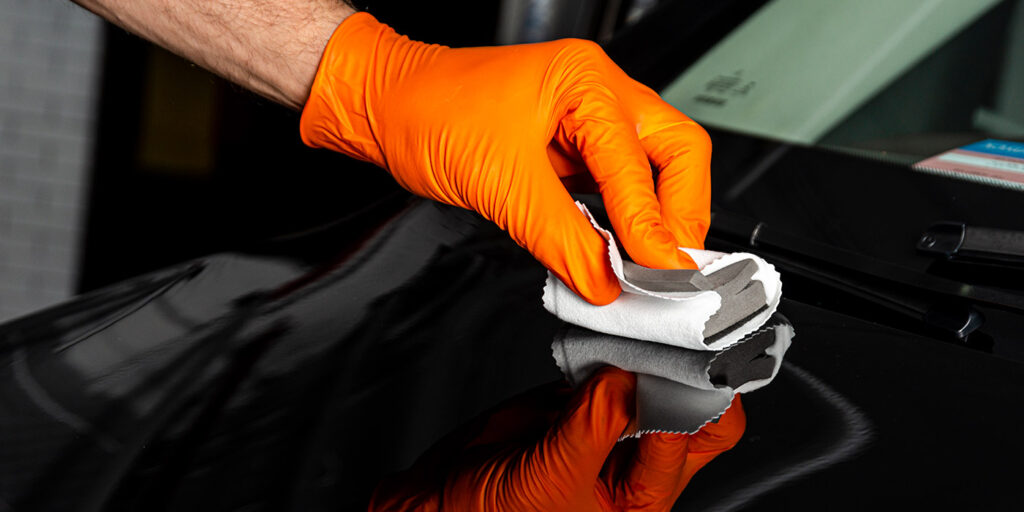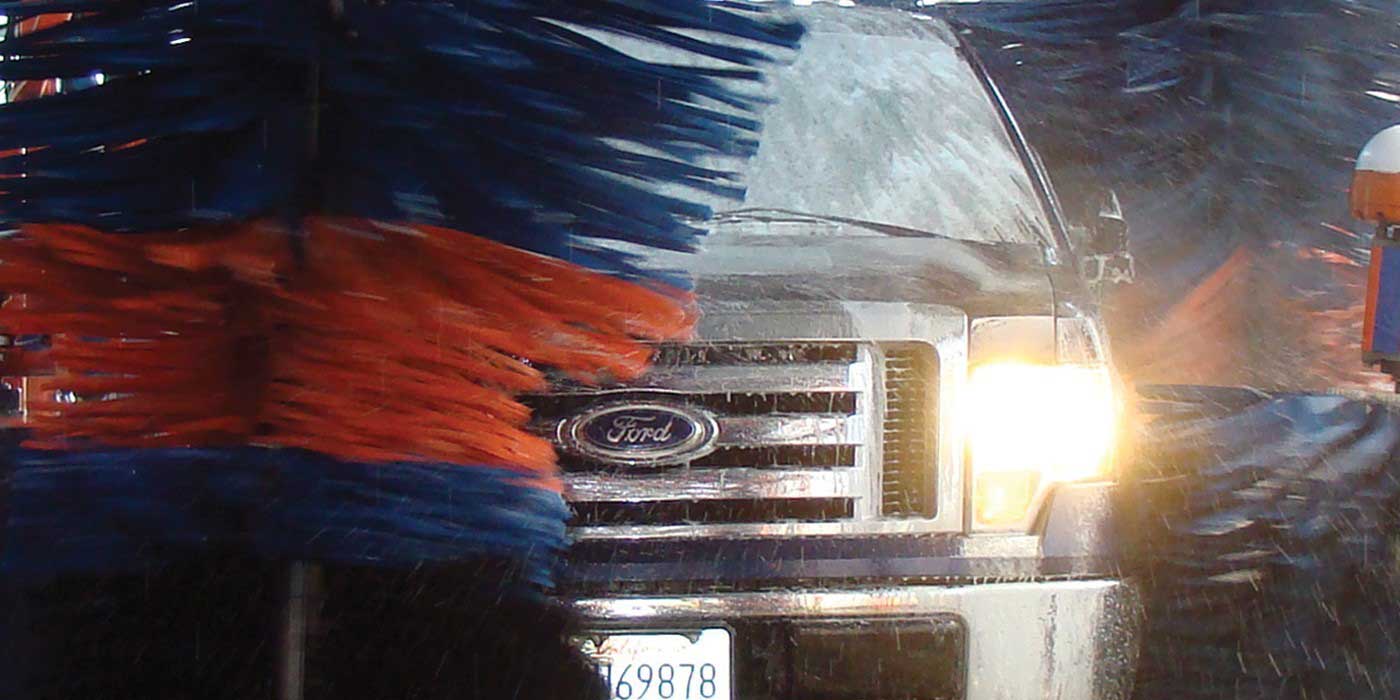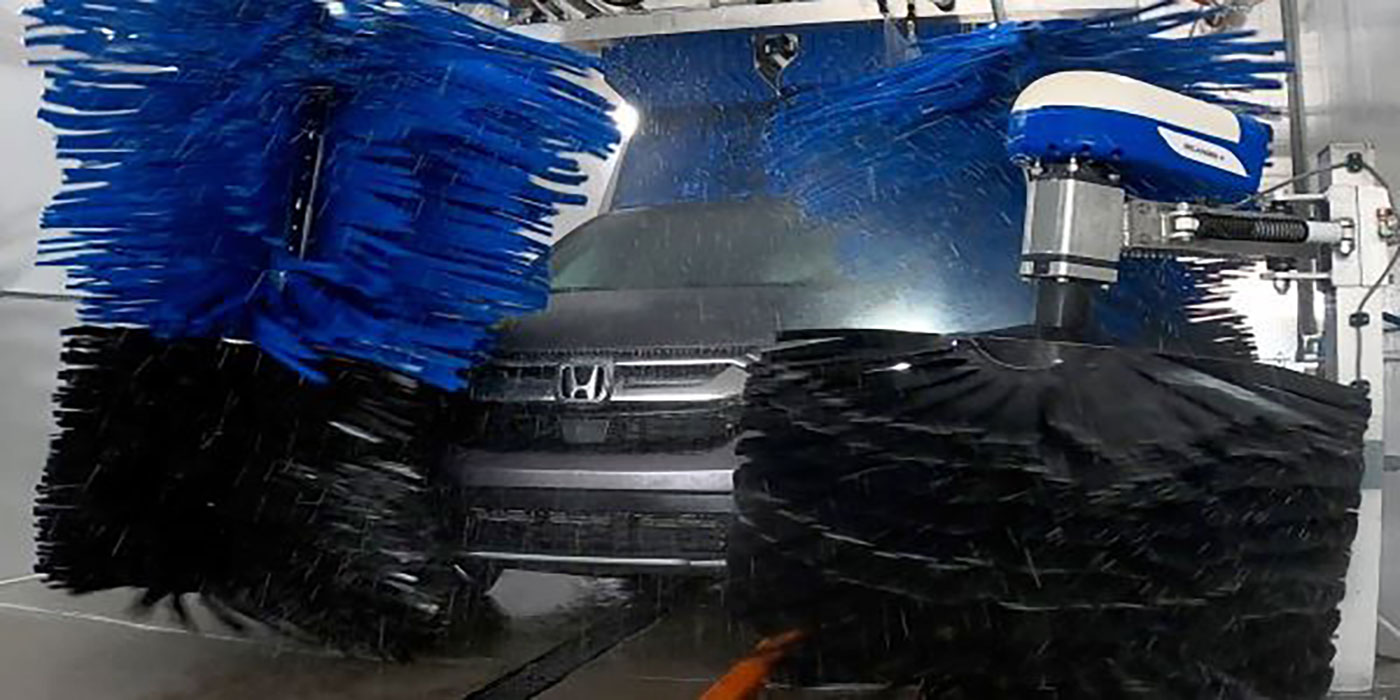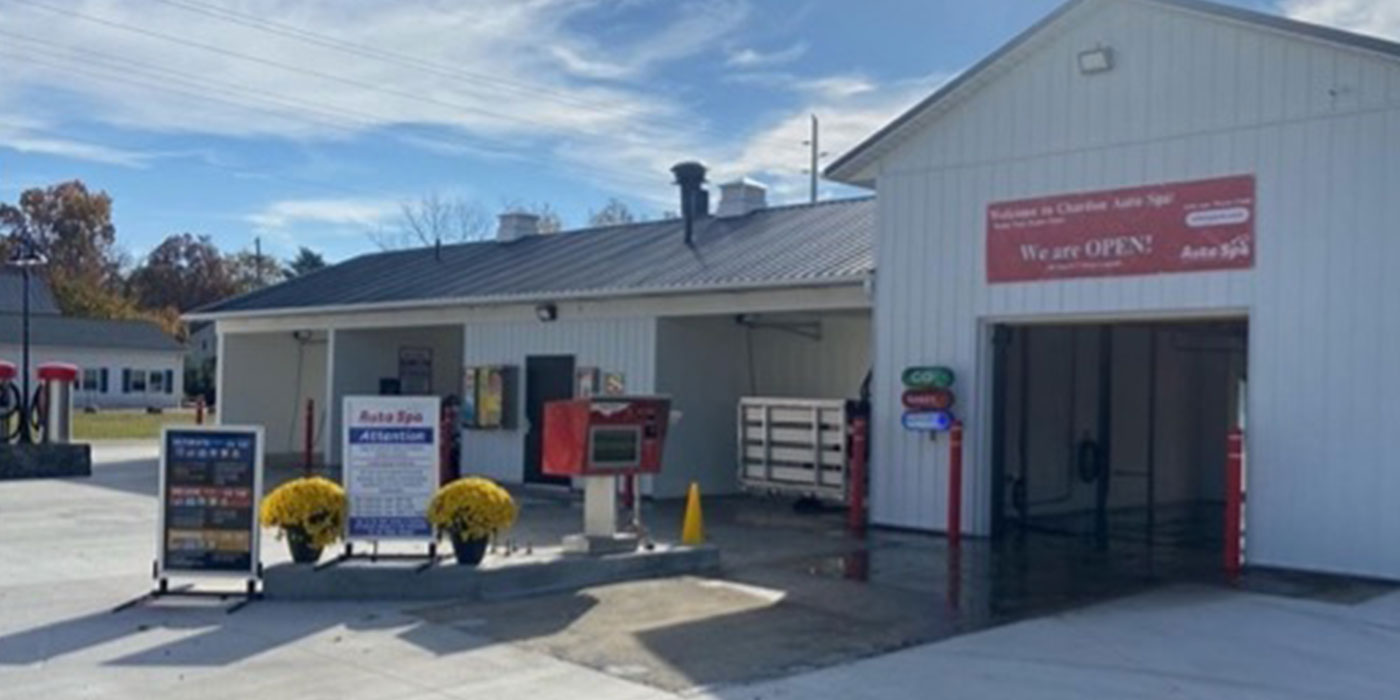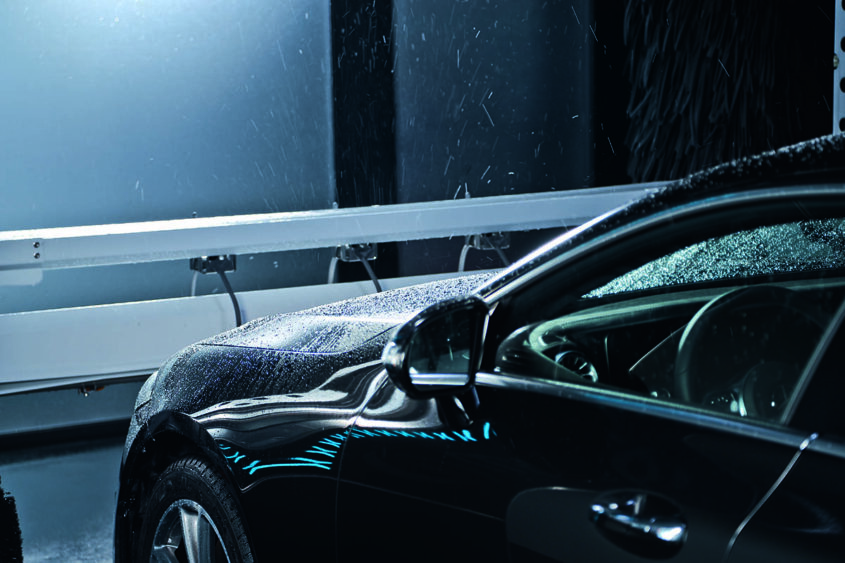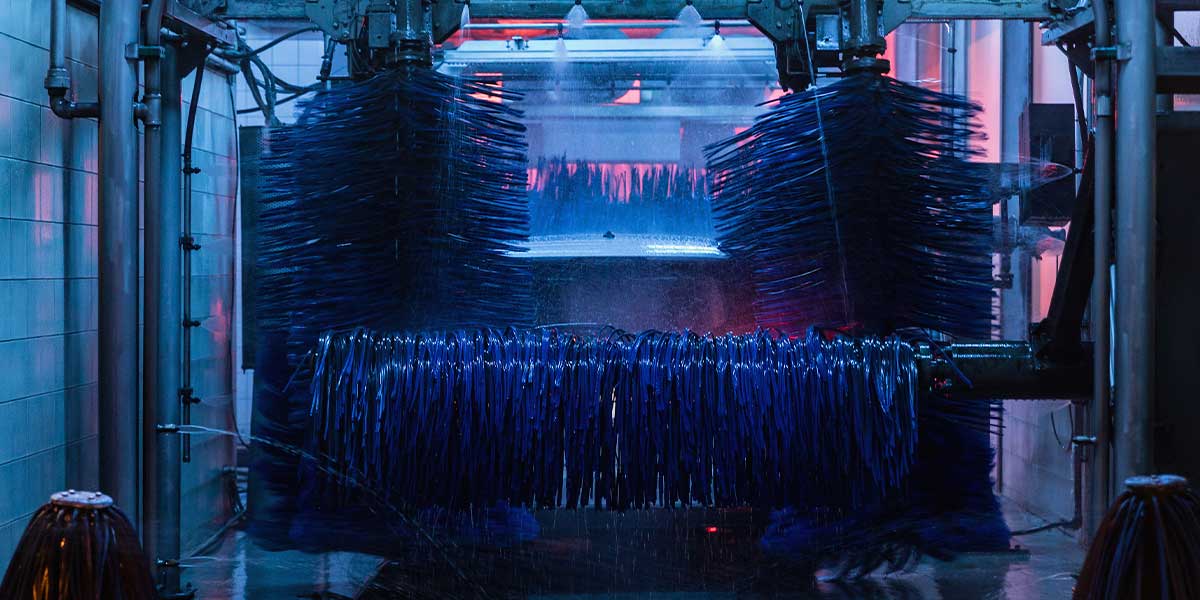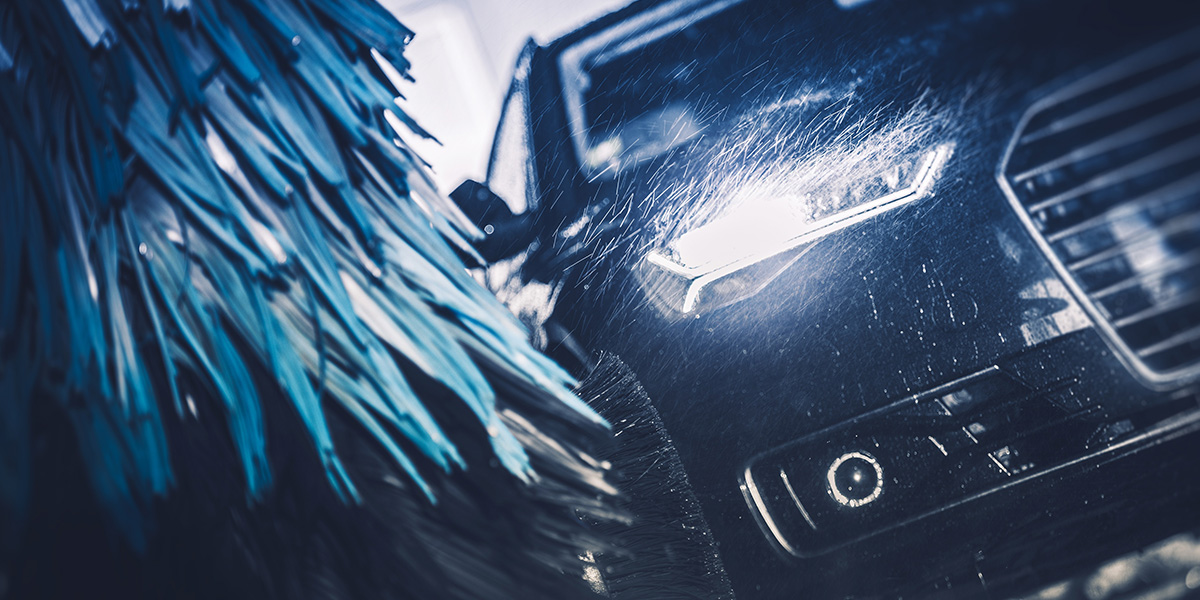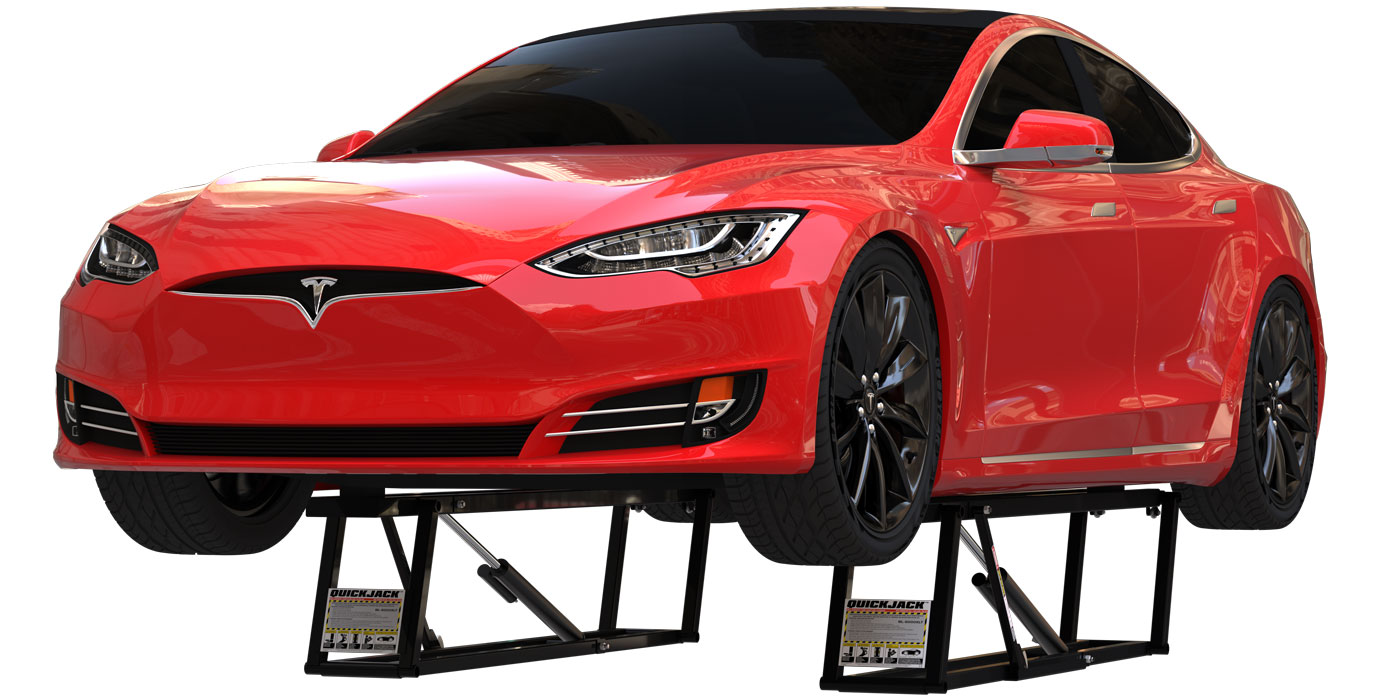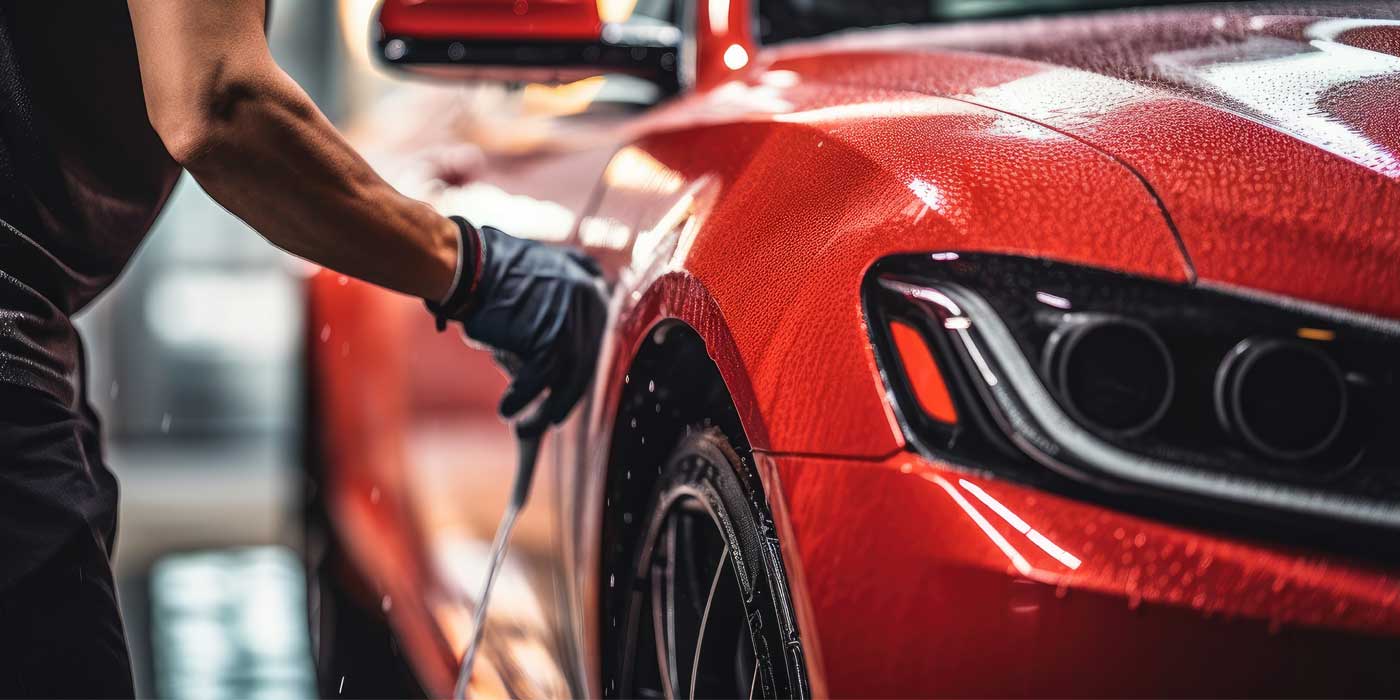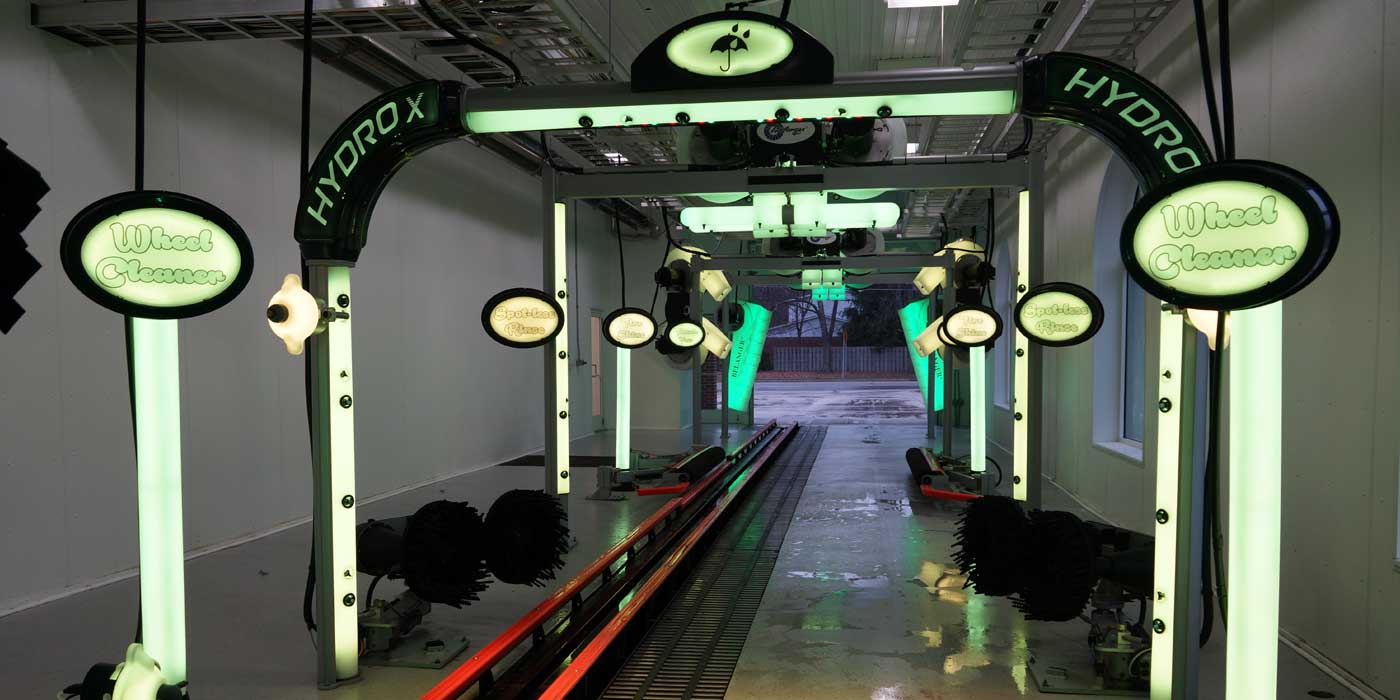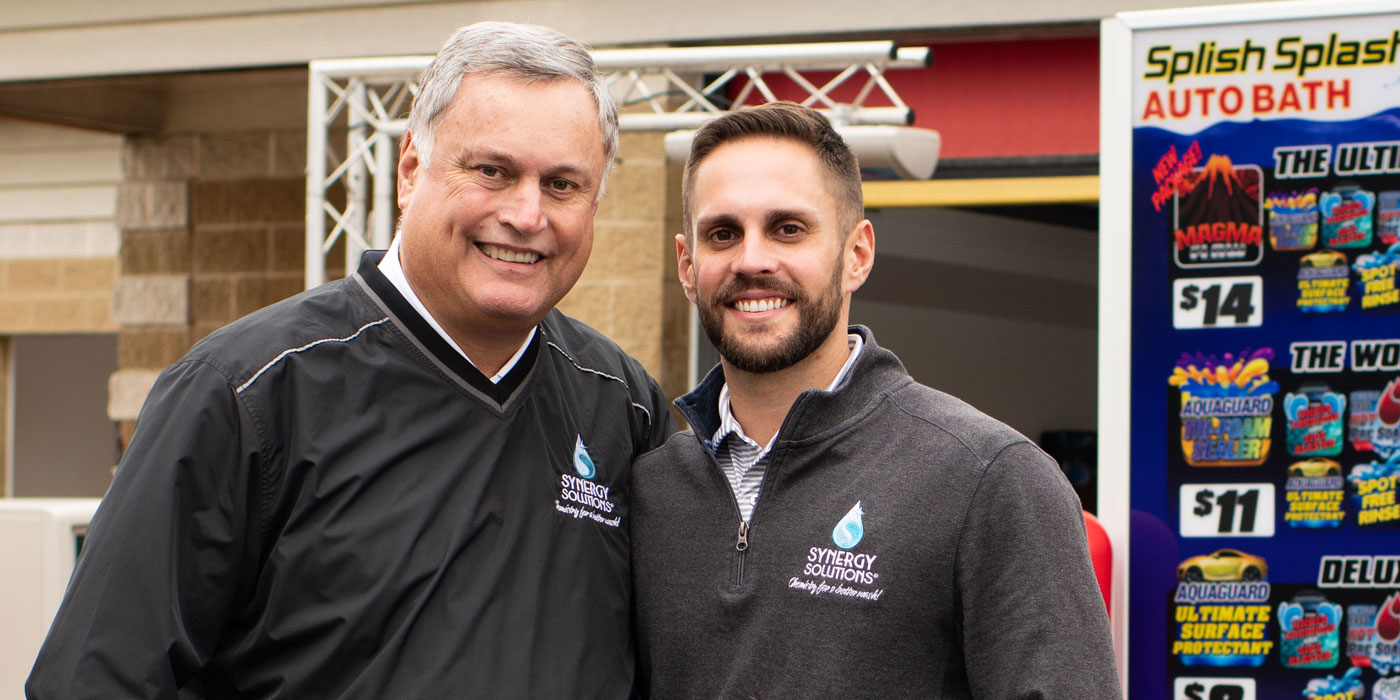The technologies in professional car care protective coatings have evolved tremendously over time. First, our industry depended on wax, then paint sealants. Now, innovative SIO2 and graphene technologies are transforming the industry.
Today, ceramic and graphene coatings are two of the most durable technologies available for protecting your vehicle’s paint. Choosing between the two may seem tricky, but today we’ll help you decide!
To compare ceramic coatings and graphene coatings, we must focus on the main determinant features of both technologies including, durability, gloss, hydrophobicity, price, cost and ease of application.
Graphene coatings claim to offer good to great durability and are less prone to water spots than ceramic coatings, while ceramic coatings are typically cheaper and more readily available. Both ceramic and graphene coatings are similar in terms of gloss, hydrophobicity and application method. With these characteristics in mind, the decision seems harder to make.
Understanding more about the two technologies can greatly improve your confidence in choosing one over the other.
| Property | Graphene Coatings | Ceramic Coatings |
| Average Durability | 3 years + | 2years + |
| Hydrophobicity | High | High |
| Application Difficulty | High | High |
| Gloss | High | High |
| Slickness | High | Medium-High |
| Water Spot Tendency | Low | Medium |
| Cost | $100 & up | $50 & up |
| Availability | Harder to find | Readily available |
Introduction to Ceramic Coatings:
Ceramic coatings consist of silicon dioxide, or silica, which is often derived from quartz crystals. They are combined with many other chemicals to produce a liquid, which when applied to a car and left to cure, forms a clear-hard coating.
Ceramic coatings have been around since 2008 and over the past decade have become popular in the detailing world. They were the go-to form of paint protection for those looking for something as durable as possible because they simply outperformed sealants and waxes in both longevity and overall protection.
Since the release of the first ceramic coating, many manufacturers now offer various grades of ceramic coatings which can be applied by DIY weekend warriors or trained professionals.
Introduction to Graphene Coatings:
Graphene coatings are the “next-generation” of paint protection, having emerged on the heels of ceramic coatings. Graphene is a substance made from carbon atoms arranged in a honeycomb structure that is very thin, but incredibly tough — even harder than diamond!
Graphene vs. Ceramic
Durability:
Both ceramic and graphene coatings are incredibly durable, most offering at least 1-2 years of durability. This is one reason why many car owners prefer them to waxes and sealants, which offer only months of protection versus years.
There are varying grades of ceramic and graphene coatings which all last different amounts of time. Most ceramic coatings claim to last between 2-5 years. Whereas, most graphene coatings claim at least 5 years durability, some even extending 7 years of protection.
Hydrophobicity:
Both ceramic and graphene coating types are very hydrophobic and will sheet water off the surface incredibly quickly. Graphene coatings claim to offer a higher “water contact angle.” This simply means that water is less likely to stay on the surface because the beads tend to roll off as they sit a lot taller on the surface.
Most people will struggle to tell the difference between the hydrophobicity of good quality graphene and ceramic coatings though. The level of water-repellency will typically depend on the quality of the coating and less on whether it’s graphene or ceramic.
Application:
Application is the area coatings tend to fall short in comparison to waxes and sealants. To get the best results using a coating, significant preparation is required, as well as confident knowledge of how to use and apply coating products. As a result, coatings are typically applied by professionals in a temperature-controlled and covered space.
The differences between graphene and ceramic applications are very little. You’ll need a completely bare paint surface to apply either coating type. So, a thorough wash, decontamination, and polish and paint correct is necessary prior to coating application. Coatings must be applied in a temperature-controlled environment, such as a garage. To apply, the coating needs to be used with an applicator, worked into the surface in small sections, leveled and buffed when the coating has “flashed”.
Gloss and Finish:
Ceramic and graphene coatings typically offer a wet looking shine to the paintwork, like sealants.
There is very little difference between the type of finish you get with a ceramic or graphene coating. Both offer that cold, wet look that looks fantastic upon finish. Still, the key to the perfect finish is sufficient preparation of your vehicle’s surface.
Slickness:
Slickness is important to help keep the car clean. The slicker the paint surface, the easier dirt and muddy water will slide off instantly.
There’s a debate in the industry as to which is slicker: graphene or ceramic. It really depends on the coating you’re using. Some manufacturers will offer a super slick graphene coating versus a ceramic coating that may be a bit “grabbier” and vice-versa.
Water Spotting: (Remember, water will leave a deposit behind on any surface if left untreated)
Water spotting will occur if the vehicle has been left sitting out following some rainfall. These water spots can also corrode the coating and impact the durability and performance over time. Graphene coatings appear to have an advantage over ceramic in water spotting.
Graphene coatings claim to lower the surface temperature. This means the water will not evaporate as quickly, enabling the water beads to roll off when you next drive the car instead of leaving unsightly water spots.
Cost:
Graphene coatings are newer to the market than ceramic coatings. As such, fewer brands offer graphene coatings leading to less variation in price and options.
The variety of ceramic coatings on the market offer different levels of quality and durability. Budget-friendly ceramic coatings that offer shorter time periods of durability are available, as well as extra durable, pricier versions.
Cost Expectations:
- Ceramic coatings that last from 1-2 years are typically around $50+.
- Ceramic coatings that last from 2-5 years are typically around $100+.
- Graphene coatings that last upwards of 5 years are typically around $100+.
Availability:
Generally, there are more varieties, types, price levels, and brands of ceramic coatings on the market. Graphene coatings offer fewer options currently.
So, which is the best option for you then?
- Ceramic or graphene. Ceramic coatings are more readily available and have a lower cost-to-entry.
- Graphene coatings generally last longer and are less likely to cause water spots.
- Ceramic and graphene coatings offer similar levels of gloss, slickness, and ease of application/ preparation required.
- There’s plenty of variation within each coating type between brands, so do your research on whichever coating you choose to find the best option.
Regardless of which one you choose, when applied correctly, you will experience a satisfying protective and attractive coating for your vehicle!
Auto Magic is a brand of ITW Evercoat, a division of Illinois Tool Works Inc. (NYSE: ITW), and is the leader in innovative, solutions-based professional detailing products. For over 60 years, professional detailers have trusted Auto Magic for high-performing products that drive profitability, like TruAdvantage and Ceramic Magic. For more information visit www.automagic.com.
Looking for more information on graphene protective coatings? See our video below.

